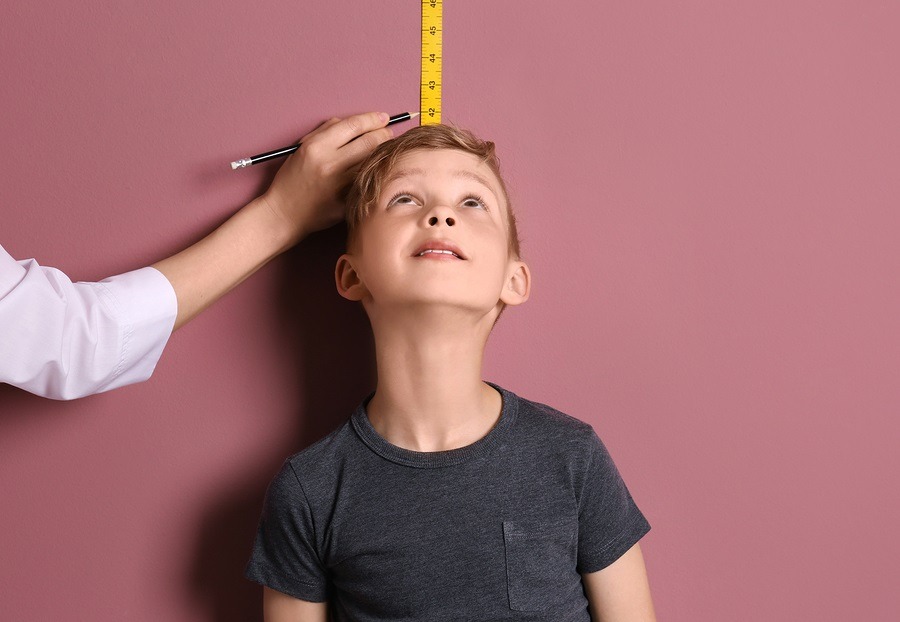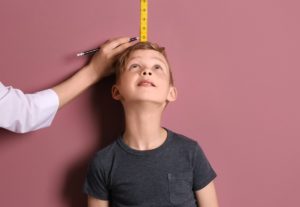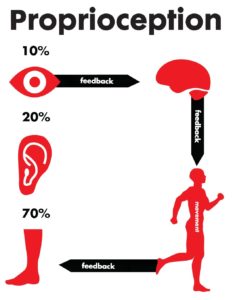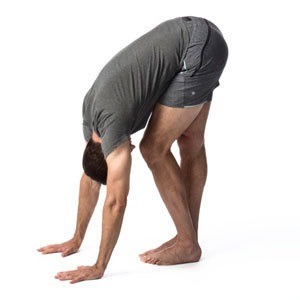
01 Jun Growing Pains & Podiatry
Growing pains is a common term discussed by parents. Growing pains are described as achy muscle pain that affect some pre-schoolers and primary school children.
Growing Pains
‘Non-specific leg pain which affects otherwise healthy children.’ (Evans 2010)
The cause of growing pains remains unclear. The following theories however are major contributors:
- Increased activity – strenuous activities such as running, jumping and sports may result in muscle tiredness and pain in the feet and legs.
- Poor lower limb posture – children who have collapsing arches (over-pronation) have more stress placed on their feet and legs and are often more prone to suffering ‘growing pains’.
- Tight muscles – during growth children often have tight muscles which places more stress on tendons, bones and joints and can contribute to more generalised pain.
How is this condition treated?
If your child is experiencing leg pain, it is also important to rule out other possible medical conditions such as arthritis or infection. In most cases, growing pains will be felt in both legs. Therefore if the pain occurs in only one leg, thorough consideration and investigation into other possible diagnoses is required.
Once a diagnosis of growing pains has been confirmed, successful treatment may involve one or more of the following:
- Therapeutic massage of the affected area/s.
- Relative rest-reducing activity levels to a more sustainable level when pains begin to develop.
- A child specific stretching program as prescribed by your podiatrist
- Customised Orthotics to improve biomechanics
- Understanding and reassurance by parents or guardians.
Don’t let your child suffer from ‘growing pains’ when it can be managed successfully.
TOWARDS WELLNESS
What is Proprioception?
Proprioception is our body’s unconscious awareness of itself in space. It helps us to achieve quality movement, posture, and solid balance. There are certain parts of our body that contain high amounts of proprioceptive tissue including our feet and pelvis. These areas of our body relay messages to our brain to let our body know where it is in space. If something is wrong with any of these areas (for example an injury to your foot) this can change the messages being sent to the brain and can in turn affect your balance, movement patterns and posture, and then lead to injury and pain.
S-T-R-E-T-C-H OF THE MONTH
Hippie Stretch
- Put your feet together and flat on the ground.
- Slowly bend forward at your waist and walk your hands down your legs, as low as it feels comfortable.
- Then alternate bending one knee and keeping the other leg straight (keeping your feet flat) and let your head dangle down.
- Stretch each side for 15 seconds.
If you think you have over pronation, please respond to this email with ‘Please Help!’ and we will be in touch. Alternatively, you can visit our website or call 02 4702 0221 to make an appointment.


